Tapping into Global Flavors - Part 2
Introduction
In the first part of our exploration into the annual "flavors to watch" report, we drew connections between prevalent flavor trends and the beer industry's potential adaptions. As we continue this journey, Part 2 will delve deeper into emerging trends, providing insights into how these can be seamlessly incorporated into the world of brewing. From nostalgic callbacks to bold experimental fusions, let’s venture further into the intricate dance between flavor and brew.
A quick note on ingredients
I think what’s also important to identify is the role of hops, malt and yeast with the creation of these flavors. For example, when we dive into “nostalgic flavors”, we can extrapolate to beer, and look to comfort beer styles like the cream ale, or use heavier kilned malts to bring some of the toastier flavors out without using a “smores” artificial flavoring.
Nostalgic Flavors
Nostalgia meets innovation as classic childhood flavors receive modern twists. Comfort foods from the past are being elevated with unique and niche flavor combinations, catering to consumers' sentimental preferences. Flavors like s'mores, peanut butter and jelly, and doughnuts are making a comeback in updated forms, offering consumers a taste of the familiar with a fresh twist.
Examples
Rocket Pop, Rainbow sherbet, S'mores, Dipped waffle cone, Peanut butter and jelly, Doughnuts, Mac and cheese with kimchi, Pink lemonade with smoky chipotle, Salted Caramel, Decadent Ice Cream Flavors such as Rum & Raisin
Beer Connection
Classic tastes like s'mores or peanut butter can be a hit when brewed into beers like stouts or porters. This approach appeals to consumers who seek the comfort of nostalgia while enjoying their adult beverages. We already have seen this in many pastry stout instances, but it appears in other parts of the food industry, this trend is coming back, so maybe it’s time to see what Angry Chair has been up to.
Health and Wellness
Flavors significantly shape consumers' perceptions of health and wellness in food and beverages. Authentic and genuine fruit flavors are on the rise, with juicy and sweet berry combinations stealing the spotlight. Consumers are increasingly seeking flavors that align with their personalized health and wellness needs, with ginger, lemongrass, and turmeric perceived as supporting anti-inflammatory and digestive function.
Examples
Ginger, Lemongrass, Turmeric, Finger lime, Kumquat, Calamansi
Beer Connection
Ingredients known for health benefits, like ginger or turmeric, can be integrated into beers to offer added functional advantages. Wellness-focused beers can attract a demographic keen on aligning their drinking choices with their health goals. Nootropics have become more popular in hop water and non-alcoholic beers, so we are seeing some shifts already pertaining to the beer industry and its link to health.
Sustainability
Sustainability is becoming a key consideration in flavor innovation, challenging creators to develop products that appeal to consumers on flavor while meeting ethical values. Upcycled ingredients like cascara extract from coffee fruit are gaining attention for their unique flavor profiles and sustainability credentials.
Examples
Cascara extract from coffee fruit, Seaweed extract from sustainable seaweed farming, reclaimed citrus peel essence from juicing waste
Beer Connection
Sustainable ingredients like upcycled cascara extract can be used to craft beers that are both flavorful and eco-friendly. We are seeing an increase in decisions made about the origin of ingredients and the impact of brewing choices on sustainability. This appeals to a growing number of consumers who are looking to make ethical choices in their consumption. Look to Whistle Buoy Brewing on Vancouver Island and their most recent short film about their uses of this category (watch here).
Zero-Proof Cocktail-Inspired Flavors
With the rise of non-alcoholic beverages, zero-proof cocktail-inspired flavors are gaining popularity. Options like Apricot Rosemary Bellini and Jasmine Mojito offer consumers the experience of cocktail-inspired flavors without the alcohol content.
Examples
Apricot Rosemary Bellini, Jasmine Mojito, Yuzu Lime Mule, Cardamom Spiced Lemon Drop, Marionberry Plum Spritzer
Beer Connection
There is a growing trend towards zero-proof cocktails like Apricot Rosemary, which can also be found in non-alcoholic beer. These drinks provide the same complex and refined flavors often associated with alcoholic beverages, making them a great option for those who wish to abstain without sacrificing taste. In recent years, we have witnessed an increase in the popularity of such drinks, especially with the emergence of Yuzu flavor in beers.
Conclusion
The flavor industry is being driven by changing consumer preferences towards healthier, more sophisticated, and globally-inspired culinary experiences. In 2024, the industry is seeing key trends in floral, bitter, and savory flavors, as well as international, nostalgic, health and wellness, sustainability, and zero-proof cocktail-inspired flavors. These trends are shaping the food industry, but how can you use this information to create the next big trend in beer?
References
Cvetan, D. (2023, October 5). Outlook 2024: Flavor Trends. FOOD TECHNOLOGY MAGAZINE. Retrieved from https://www.ift.org/news-and-publications/food-technology-magazine/issues/2023/october/features/outlook-2024-flavor-trends


